JASDF’s First Domestic Transport
The Japan Air Self-Defense Force (JASDF), also responsible for airlift operations, hosts a variety of transport aircrafts including the latest C-2 transport plane and the popular C-130 series.
As the domestically produced C-2 increase their numbers, one aircraft has been retiring from the ranks in exchange – the Kawasaki C-1 transport plane.
- General Overview
| Length | 29m (95.1ft) |
| Wingspan | 30.6m (100.4ft) |
| Height | 9.99m (32.77ft) |
| Crew | 5 people |
| Maximum Speed | 830km/h (515mph) |
| Combat Range | Empty Cargo: 2,400km/1,490miles Cargo (2.6 tons) : 1,700km/1,056miles |
| Service Ceiling | 11,600m (38,000ft) |
| Payload | 60 regular troops/45 paratroopers 10 tons of cargo |
| Unit Price | 50 million USD |
The Kawasaki C-1 was the first military transport developed by postwar Japan and has been in service since 1973. The plane remarkably reinforced JASDF’s airlift capacity since it could accommodate large equipment, such as trucks and howitzers, that previous transports were incapable of carrying.
The main cargo hold adopted the “pallet system” for the first time in JASDF history, facilitating loading/off-loading efficiency and allowing air drop operations.
For troop transport, the C-1 could be installed with extra seating to carry up to 60 troops or 45 fully equipped paratroopers. During disaster relief or medical evacuation, the seating would be replaced by stretchers to accommodate a maximum of 36 patients.
Furthermore, as a result of JASDF pursuing short takeoff and landing performance, the C-1 was only required a runway distance of 460m/1,500ft for takeoff and 600m/1,970ft for landing.
On the contrary, the C-1 had a relatively short range due since overseas deployment was both unnecessary and politically unthinkable at the time. Adding to this was the fact that the Ogasawara Islands and Okinawa were still under U.S. control during initial development.
Although JASDF addressed this concern with additional fuel tanks and refueling, the C-1’s range was deemed insufficient after the return of Okinawa in 1972.
To-Be-Phased Out Soon
With a total of 31 units, the C-1 has mostly been used for routine transport missions, as well as supporting parachute training conducted by the JGSDF’s 1st Airborne Brigade.
During its lengthy service, some units were modified into training aircraft for electronic warfare and the first prototype was converted into a test plane to evaluate new engine technologies.
As the newly developed Kawasaki C-2, which has better range and transport capability, is rolls out of the production line, the aging C-1s are gradually being phased out. Currently, there are only 6〜7 C-1 planes left in service, and their final day is approaching.


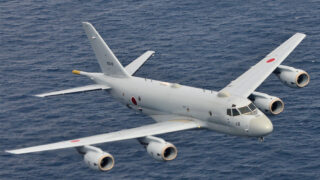
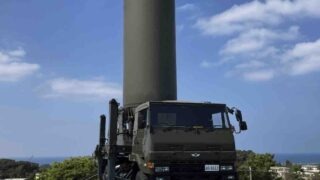

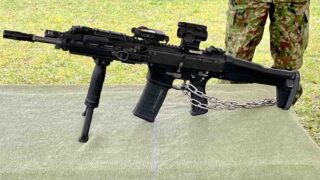
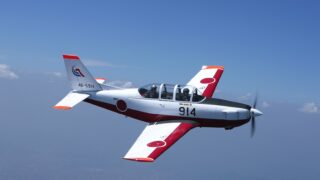

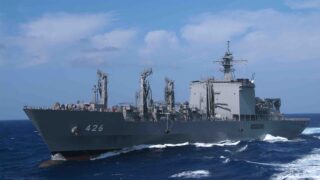
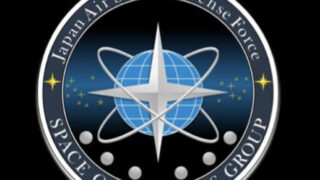
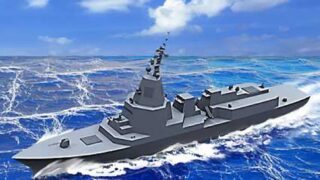
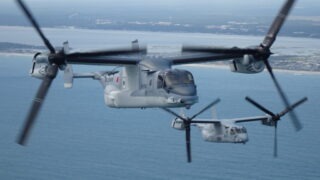
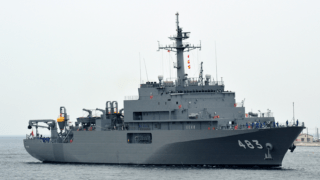
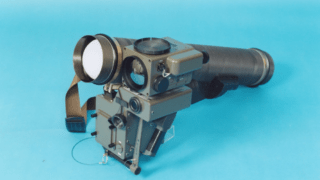
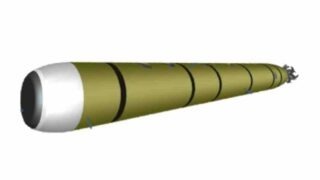
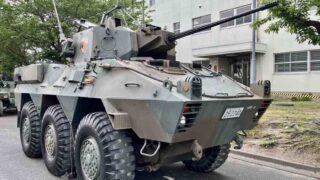
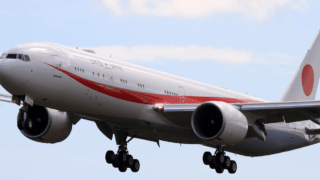
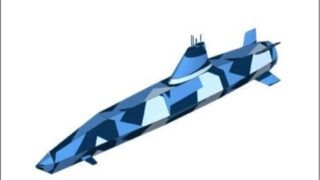
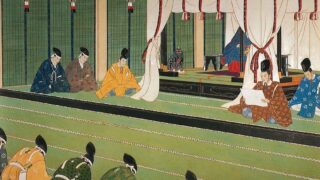
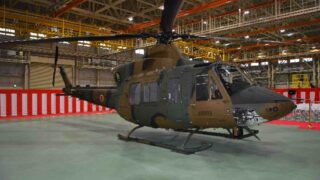
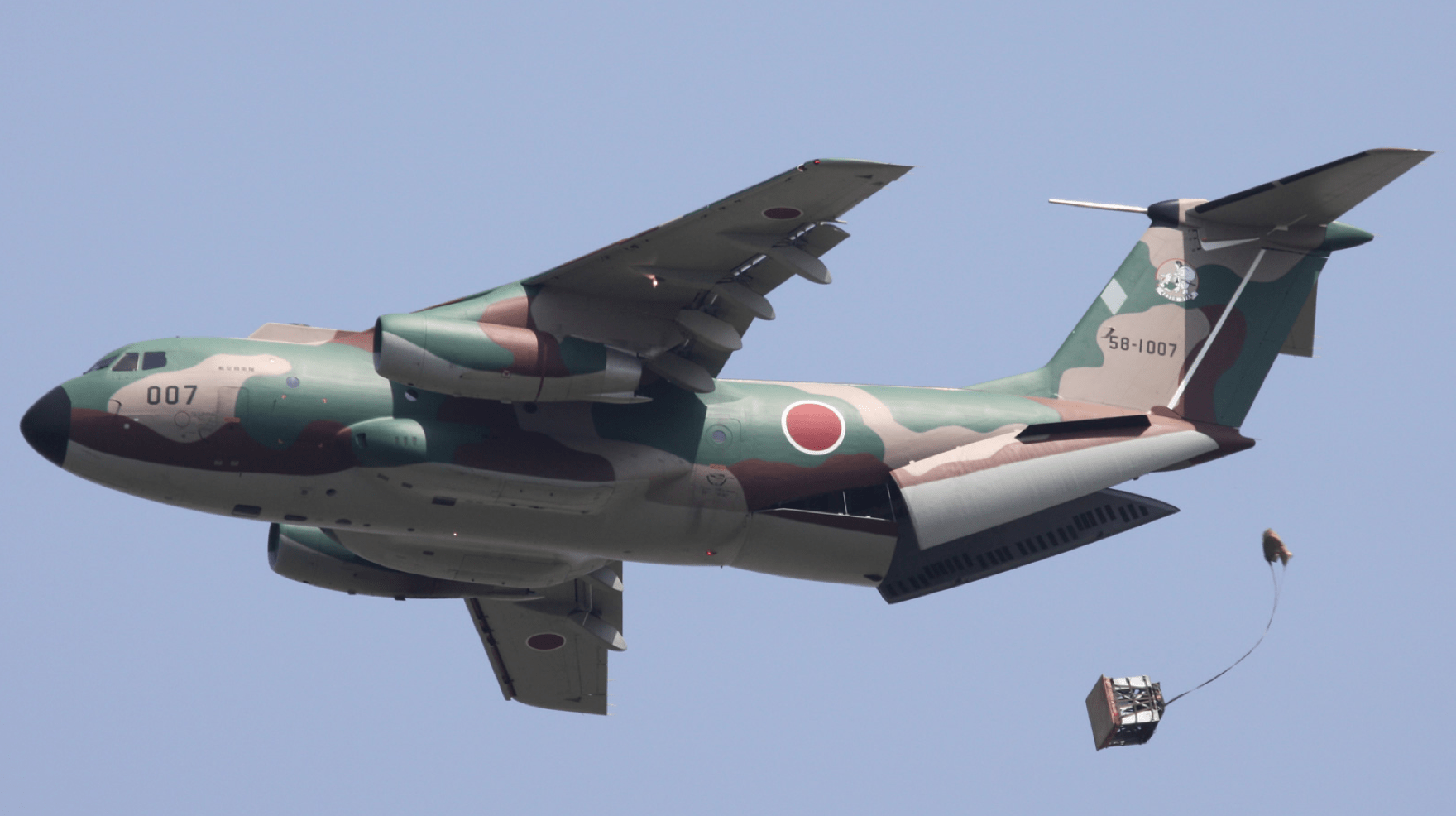
Comments